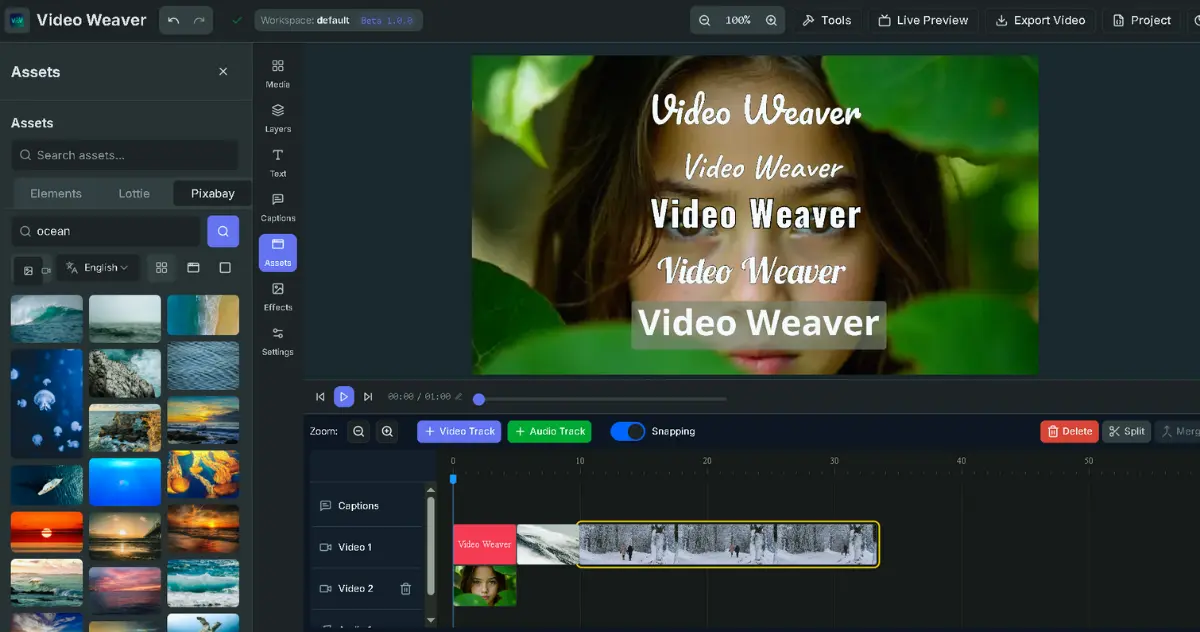When building modern search systems or RAG (Retrieval-Augmented Generation) applications, developers often face a tricky bottleneck: a large volume of retrieved data with inconsistent relevance. This is where the “reranking” step becomes crucial. Although there are many options on the market, existing models often fall short when dealing with mixed languages or complex instructions.
ZeroEntropy’s latest release, the zerank-2 model, is designed to fill this gap. It’s not just a new reranking tool; it also attempts to solve the “modality gap” problem common in production environments. For teams looking for a more robust and cost-effective solution than Cohere Rerank 3.5 or Voyage rerank 2.5, this might be a new option worth considering.
A Reranking Model That Understands “Instructions”
Most traditional reranking models operate quite simply, relying mainly on semantic matching of keywords. But reality is often not that simple. Users might ask to “only find opposing viewpoints on X” or “ignore data from before a specific year.” Traditional models can easily overlook these subtle instructions, focusing only on retrieving relevant keywords.
A major highlight of zerank-2 is its Native Instruction-Following capability. It can understand and execute precise instructions, and even comprehend domain-specific acronyms. This means that when the system receives a user’s prompt, the model adjusts the ranking results based on context, rather than just performing a literal comparison. This brings the search results closer to the user’s true intent and reduces the hassle of manual post-processing.
Truly Crossing Language Barriers, Including “Code-Switching”
In globalized application scenarios, multilingual support is fundamental, but few do it well. Many models’ performance drops significantly when handling queries in languages other than English, or they become confused when faced with code-switching.
Imagine in places like Taiwan or India, people often mix English words into their speech (e.g., Spanglish or Hinglish, and the common mix of Chinese and English in Taiwan). zerank-2 demonstrates strong adaptability in this area. It was trained on over 100 languages and optimized for such mixed-language usage. Its performance remains stable even in non-English queries, truly achieving multilingual equality and freeing non-English-speaking developers from having to tolerate a second-rate search experience.
Scores Are No Longer Just for Show: Trustworthy Confidence Scores
For engineers, one of the biggest headaches is that the scores output by a model are “for reference only.” Often, a model gives a relevance score of 0.9, but the content is actually only 0.6 relevant. This problem of arbitrary scores makes it difficult for developers to set a reliable threshold to filter out noise.
zerank-2 has made significant improvements in this area by providing Calibrated Confidence Scores. Simply put, if this model gives a score of 0.8, there is about an 80% chance that the data is truly relevant. This allows developers to confidently set up automated processes without having to guess which score is a safe filtering line. This is an extremely practical feature in highly automated production environments.
Handling Complex Logic and SQL-Style Queries
In addition to semantic understanding, zerank-2 also has the ability to handle structured logic. This is another area where many purely semantic models tend to stumble. When a query involves aggregation or SQL-like logic, such as “list the top 10 customer complaints” or “sort by latency from fastest to slowest,” ordinary models often fail to correctly understand this quantitative or sorting logic.
zerank-2 demonstrates robustness with these SQL-style queries. It can understand the logic of quantity, sorting, and filtering, ensuring that the output is not only content-relevant but also conforms to the structure or order requested by the user. This greatly enhances its utility for enterprise-level applications that need to handle data analysis or complex question-answering.
The Sweet Spot of Price and Performance
No matter how good the technical specifications are, cost is ultimately a key consideration. ZeroEntropy directly targets its main competitors in the market. According to official statements, zerank-2 is superior in robustness to proprietary models like Cohere Rerank 3.5 and Voyage rerank 2.5, yet it is 50% cheaper.
Currently, zerank-2 is priced at just $0.025 per 1 million tokens. For businesses that need to handle large-scale data indexing and retrieval, this pricing strategy is undoubtedly very attractive. The model is already available for direct use via the ZeroEntropy API, and its Model Card has been published on HuggingFace for developers to study in depth.
Frequently Asked Questions (FAQ)
Q1: What is the biggest difference between zerank-2 and traditional reranking models?
The biggest differences are its “native instruction-following” capability and “calibrated confidence scores.” Traditional models mostly perform semantic similarity comparisons, but zerank-2 can understand complex instructions (like domain-specific terms or logical sorting), and its output scores have actual probabilistic meaning, allowing developers to set more precise filtering thresholds.
Q2: What languages does zerank-2 support? How well does it handle mixed Chinese and English content?
zerank-2 was trained on over 100 languages, achieving true multilingual equality. It is particularly noteworthy that it has been optimized for code-switching, so it can accurately understand and rerank queries with mixed languages, such as the common mix of Chinese and English in Taiwan or other language combinations.
Q3: What is the cost of using zerank-2?
zerank-2 is very competitively priced at $0.025 per 1 million tokens. Compared to other leading proprietary models on the market (like comparable products from Cohere or Voyage), it is about 50% cheaper, making it ideal for large-scale production environments.
Q4: What are “calibrated confidence scores” and why are they important?
The scores given by typical reranking models are often relative; a score of 0.9 does not necessarily mean 90% accuracy. However, zerank-2’s scores are calibrated, so a score of 0.8 represents about 80% relevance. This allows developers to set a fixed threshold (e.g., only take results above 0.7) without worrying about inconsistent scoring standards across different queries, thus improving system stability.
Q5: Is this model suitable for handling data-driven queries?
Yes, zerank-2 has excellent support for SQL-style or aggregation queries. For requests involving logical judgments like “sort by speed” or “list the top N,” it performs much better than models that only understand semantics.
For more technical details, you can refer to ZeroEntropy’s HuggingFace Model Card or read their detailed article on benchmarking.




